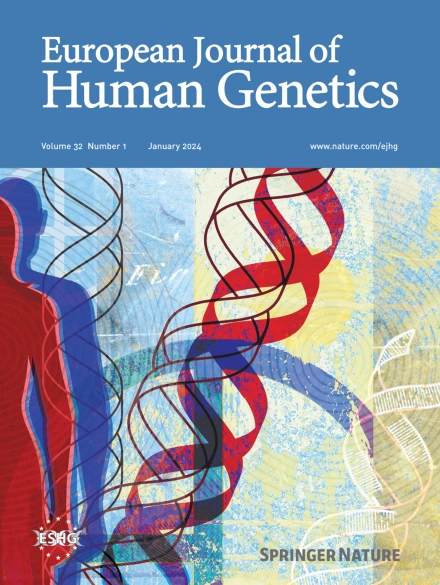
Phenotypic compatibility and specificity in genomic variant classification
European Journal of Human Genetics, Published online: 13 February 2024;
Genome-wide sequencing for monogenic conditions for clinical purposes is used in two main settings: 1) preventive pre-conceptional, newborn, and healthy adult screening; and 2) diagnostic prenatal and postnatal testing. Reported genomic variants are categorized as diagnostic, secondary, incidental, or reproduction-related. Historically, diagnostic testing primarily targeted individuals identified by their phenotypes. However, recent years have witnessed a shift towards a “genotyping-first approach”, prompted largely by the decreasing costs of sequencing, particularly when balanced against the time clinicians spend characterizing phenotypes as well as the availability of clinicians to perform in-depth phenotyping.
However, as establishing phenotypic specificity and compatibility with a variant is essential for both classifying the variant and linking it to a patient’s clinical presentation, genotyping without prior phenotyping could have an impact on variant classification and case interpretation [1, 2]. Phenotype-genotype compatibility estimation might be further complicated by the suboptimal communication of detailed phenotypic information about the proband and the family members to the diagnostic laboratory [3]. Moreover, a clear definition of what constitutes a “specific phenotype” as well as a “compatible phenotype” is still lacking.
doi:10.1038/s41431-024-01554-6
Phenotypic compatibility and specificity in genomic variant classification
